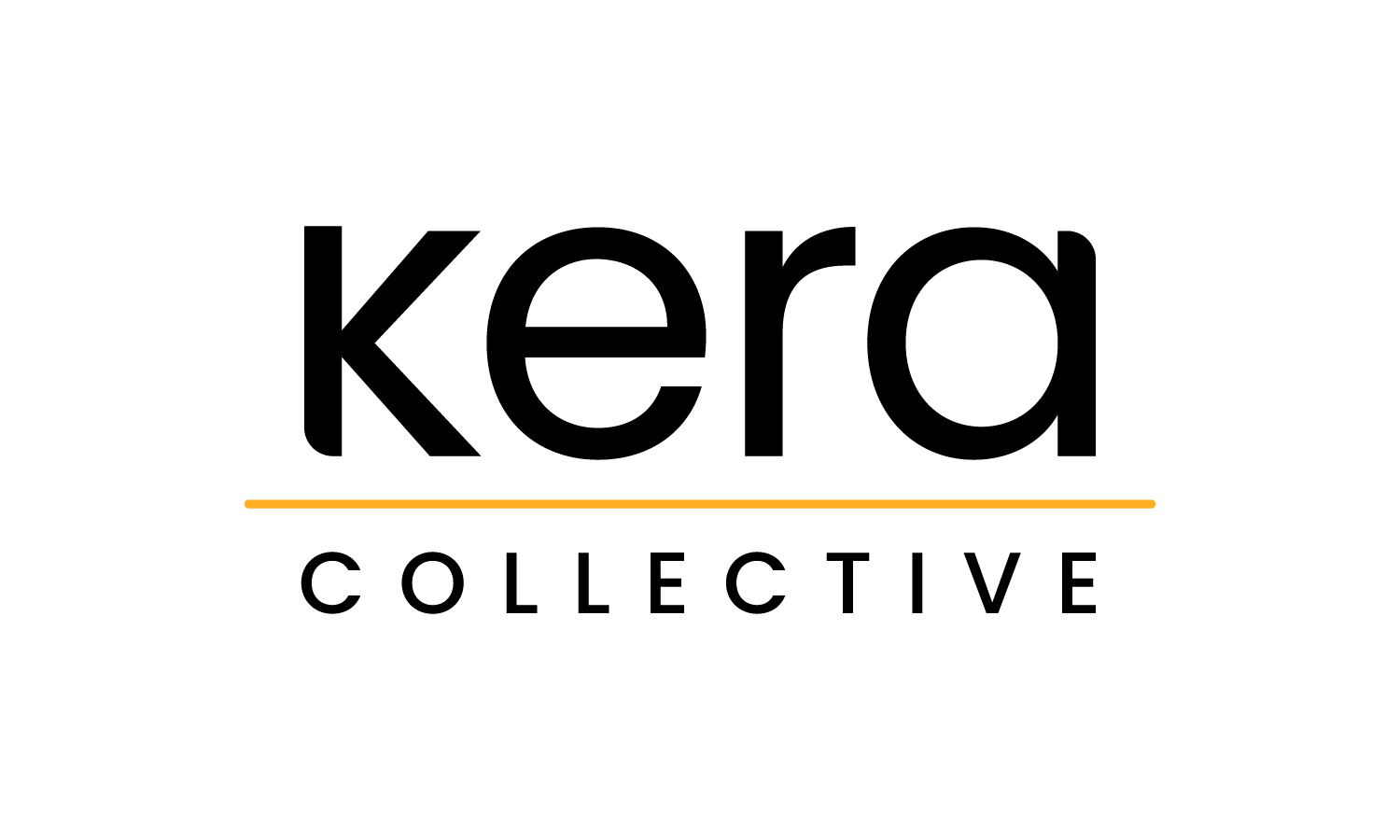What Makes Ideas Stick?
Our coffee break picks each month highlight ideas that have stuck with each of us for various reasons. Maybe it resonated personally, triggered an emotional response, or was unexpected. We hope some of our picks this month “stick” with all of you.
July Coffee Break Picks
EMILY’S PICK
Choosing the Right Method
“I was recently doing a deep dive into some data collection methods and read a publication by Deborah Bailey and John Falk in Research in Outdoor Education that explores the use of Personal Meaning Mapping. The method has both benefits (highly descriptive and authentic accounts of individuals’ experiences in an informal learning environment) and limitations (significantly narrows the scope of what the researcher can explore to one idea or topic). It was a simple reminder of how important it is to understand different research evaluation methods so that we, as evaluators, can use them responsibly, acknowledging both what they can and cannot reveal about study participants.”
LINA’S PICK
How Can Caste Inform Technological Bias?
“This article gives a great explanation of caste and how it continues to exist in modern spaces, although we generally see caste as a remnant of the past. Casteism, similar to racism, can be embedded in algorithms and create a technological bias. As we start using more and more technology in our everyday lives and work (such as using AI tools), we have to be more careful and cognizant of how technology can perpetuate systems of discrimination.”
STEPHANIE’S PICK
Ideas Are All Around Us
“In this episode of Design Matters, host Deborah Millman talks to Rick Rubin, legendary music producer and author of the new book, The Creative Act: A Way of Being. I listened to it a couple of months ago and it has lingered with me. Rubin’s voice is highly listenable and full of thoughtful insights. One that stuck with me is that ideas, creative thoughts, and inspiration do not come from people, but instead are all around us waiting to be captured. Those who are sensitive enough to feel those ideas and secure enough to act upon them are creators. He illustrates this idea with the story of a poet who chased the words of a poem all the way back to her desk to write them down.”
What’s New At Kera?
We are excited to attend the Visitor Studies Association’s remote conference from July 11-July 13. Amanda will be facilitating the opening plenary session with Dr. Melanie Adams, the Roger Ferguson and Annette Nazareth Director of the Smithsonian Anacostia Community Museum on Tuesday, July 11. Register here before then! As a VSA board member, Amanda is also looking forward to welcoming the new board members for the Visitor Studies Association 2023-2025 slate.
Ebony attended the American Council of Learned Science’s three-day Intention Foundry last month, learning about problem setting and discussing practices of equity and inclusion.
Last month on our Learning Hub, we shared a conversation between Claire and Christena Gunther where they discussed expanding accessibility in museums, while Stephanie wrote about taking control of our time.
Moment of Wonder
“I was on a nature walk with my family when I saw something large swoop by out of the corner of my eye. I peered through the trees and realized that a Pileated woodpecker had joined us on our walk! I remember getting so excited to see Pileated woodpeckers as a kid in the woods behind my house, but it has probably been 20 years since I’ve seen one. That childlike excitement rushed back, and I stopped to take in this amazing, dinosaur-like bird as it searched for its afternoon snack.”
— Katie




